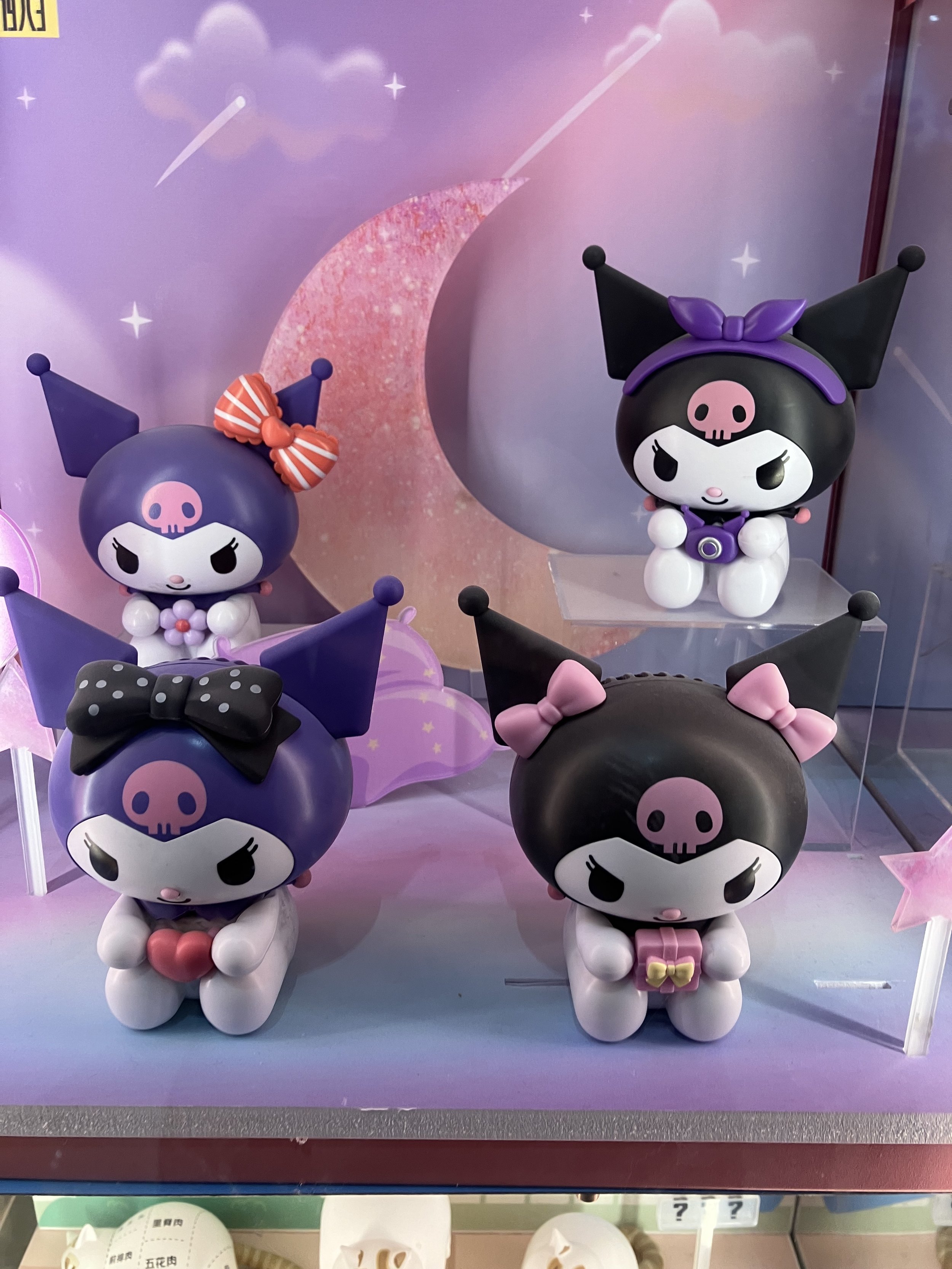OSCAR WATCH 2024 — Feminist Frankensteins
/This piece is part of a series of critical responses to the films nominated for Best Picture at the 96th Academy Awards. In this dialogic post, Henry Jenkins and Kris Longfield dissect three recent feminist re-tellings of Mary Shelley's Frankenstein: Lisa Frankenstein, The Angry Black Girl and Her Monster, and Poor Things. By centering women in traditionally male roles, these newer Frankenstein films ask different kinds of questions, renewing the story by mapping alternative meanings onto its core figures.They're continually asking “what are we taking from the past and what are we taking from the present?” so their leading ladies can solve problems.
Read More













































